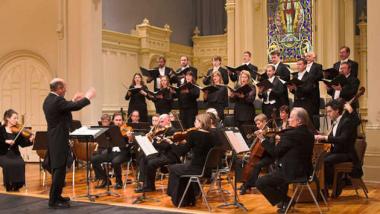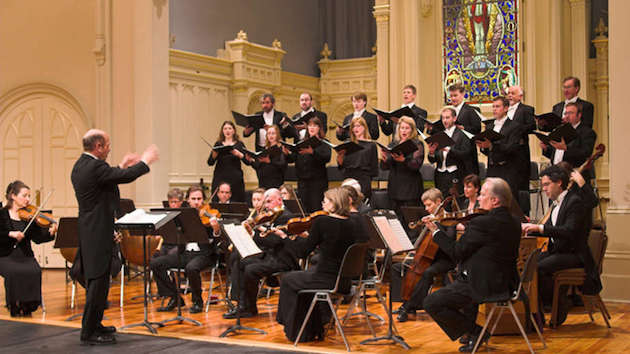
The American Bach Soloists took off for “A Weekend in Paris,” as the travel-sticker
title for their recent set of Bay Area concerts put it. The audience came along for what proved to be a wide-ranging, intermittently vivid, occasionally wearisome tour of the French Baroque. There were stops at the opera, ballet, and several churches, each offering both fresh and familiar pleasures, along with some puzzling oddities and letdowns.
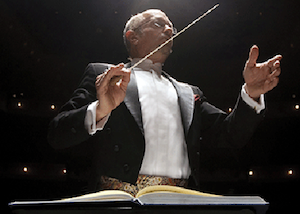
In recollection, some of the more mundane aspects burned away. What remained were the discoveries and delights — none more so than a Marin Marais chaconne, from his opera Sémélé, that brought the program to a genuinely thrilling and memorable close.
ABS music director and de facto tour guide Jeffrey Thomas promised “the best chaconne ever composed,” in brief remarks that smacked of travel-brochure hyperbole. The musicians proceeded to make reality live up to the claim. Witty, tender-hearted, rhythmically propulsive, boundlessly inventive, the piece combined a Bach-like sense of inevitability with Handelian profusion, all of it dressed up by Thomas and the band in impeccably elegant, yet warmly fleshy French style.
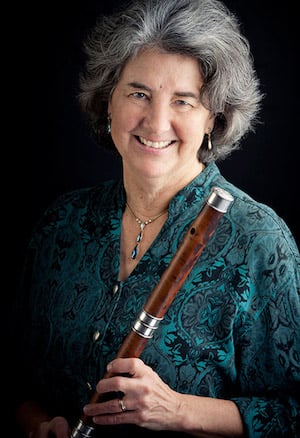
It was highlights like this, played off against more ordinary musical time travel, that made the two hour, 20-minute concert feel like an actual trip abroad. That Marais chaconne, along with some lusciously polished singing by soprano Nola Richardson, suave solo work by flutist and piccolo player Janet See and violin leader Elizabeth Blumenstock, and the incisive contributions of the American Bach Choir, among other things, were the musical equivalents of full-color photographs to revisit and cherish later.
Heard Sunday, Feb. 12, at St. Mark’s Lutheran Church in San Francisco, this “Weekend” paired orchestral landmarks by Marais and Jean-Philippe Rameau with vocal offerings from the lesser known Jean-Joseph Cassanéa de Mondonville (a setting of Psalm 114) and Michel Corrette (an engagingly strange repurposing of the “Spring” movement from Vivaldi’s Four Seasons for Psalm 148).
Oddly enough, to dispense with the afternoon’s longest and least engaging selection, it was the suite from Rameau’s opera Dardanus that made the clock turn most slowly. In piling up one dance movement after another — more than 20 in all — this suite proved to be a shapeless and not particularly well-rendered anthology.
The strings played scratchily in spots and made some ungainly entrances and exits. The slow passages wobbled, and balance meandered. There were some seductive triple-meter dances, and several of the percussive tambourins came across in pert and lively fashion. But overall, the sense of poise and unity of purpose the music demands came and went.
Similar problems of execution plagued the curtain raising Les Caractères de la Danse by Jean-Féry Rebel. But this brief dance Fantaisie had a livelier, episodic, light-footedness that worked to its advantage.
The program took on more interest with Corrette’s Psalm 148 setting, Laudate Dominum de caelis. From the outset the orchestra brought a flowing charm to this French-Italian hybrid. Richardson upped the ante with her precisely drawn but liquid coloratura conversations with the woodwinds. The soprano, in combination with the expressive but undercharged baritone William Sharp, got a boost from the emphatic choir, who kept paying dividends. In the subsequent Largo, haute-contre Steven Brennfleck came across as pretty but pallid until the choir flew in beneath him, as if to hoist his voice on wings.
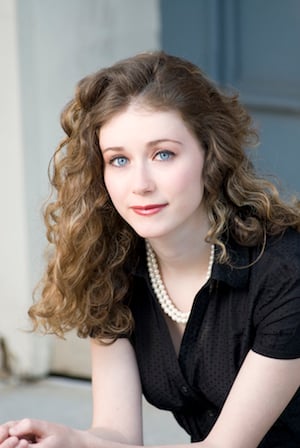
The Vivaldi quotations remained perhaps inevitably odd to listeners who know the music only too well. But when Richardson returned for another articulate and supple exchange, this time with violinist Blumenstock, the old felt remade in a new image.
The Mondonville “Grand Motet” came alive with musical scene painting, from an early march to the first grave and noble chorus to the swaying and natural figuration of Richardson’s exemplary, impassioned singing. Some of the effects, in staccato choral passages and gushingly cinematic string passages, seemed mannered. But the choir gave full-throated, cleanly articulated, urgently felt full value throughout. Fittingly, they got the contrasting final words, in one somber chorus marked “Lent” and the other “Vite.”

